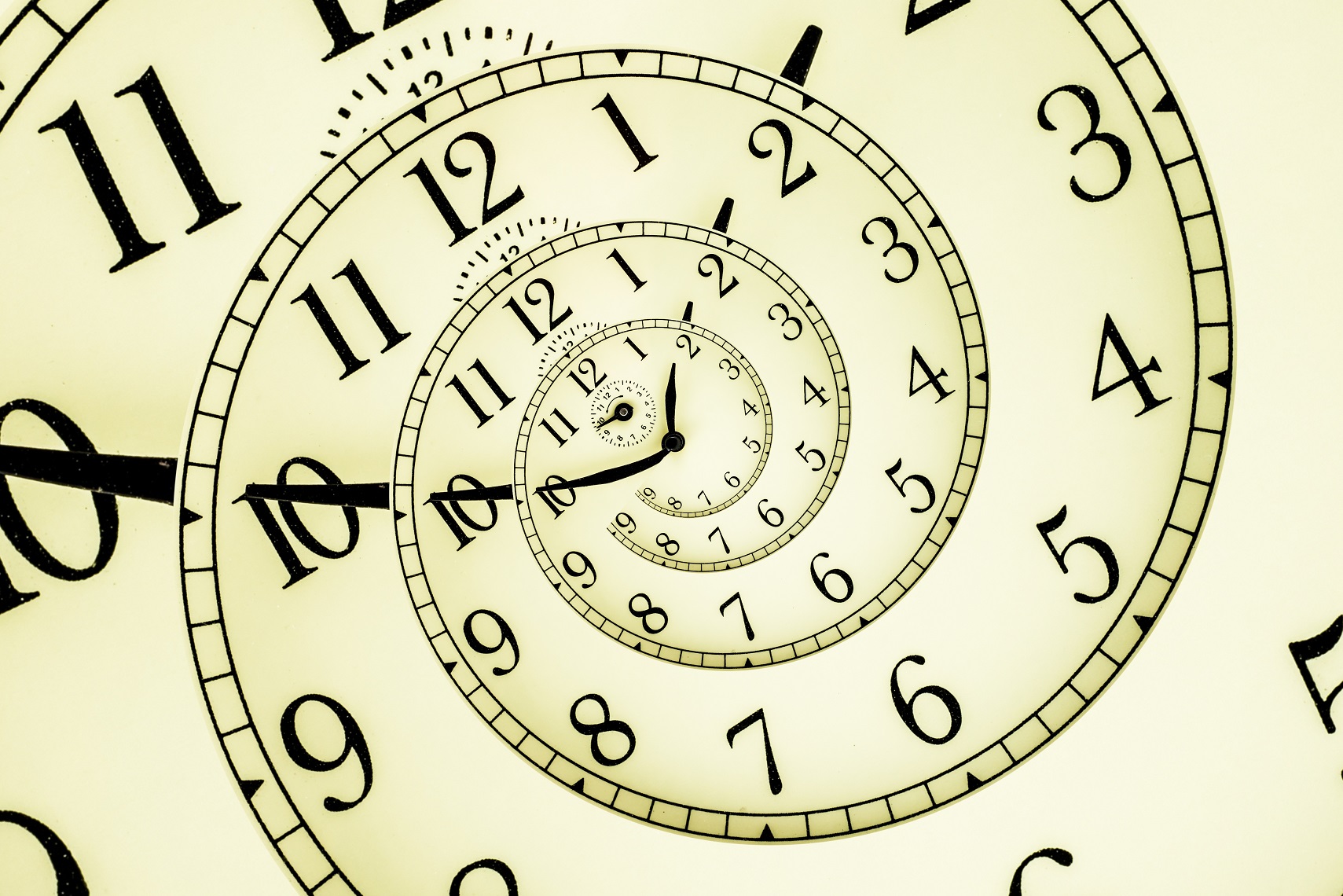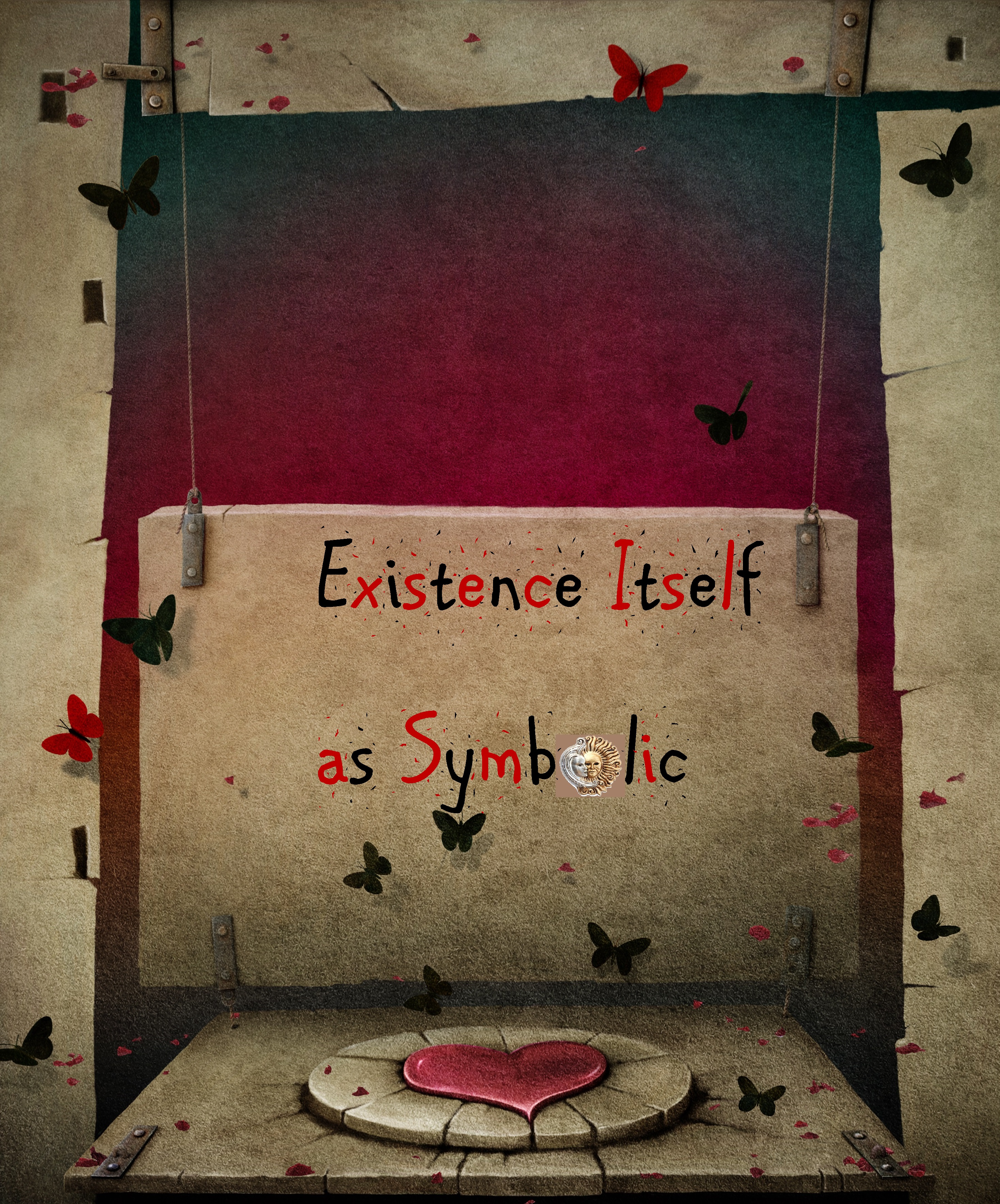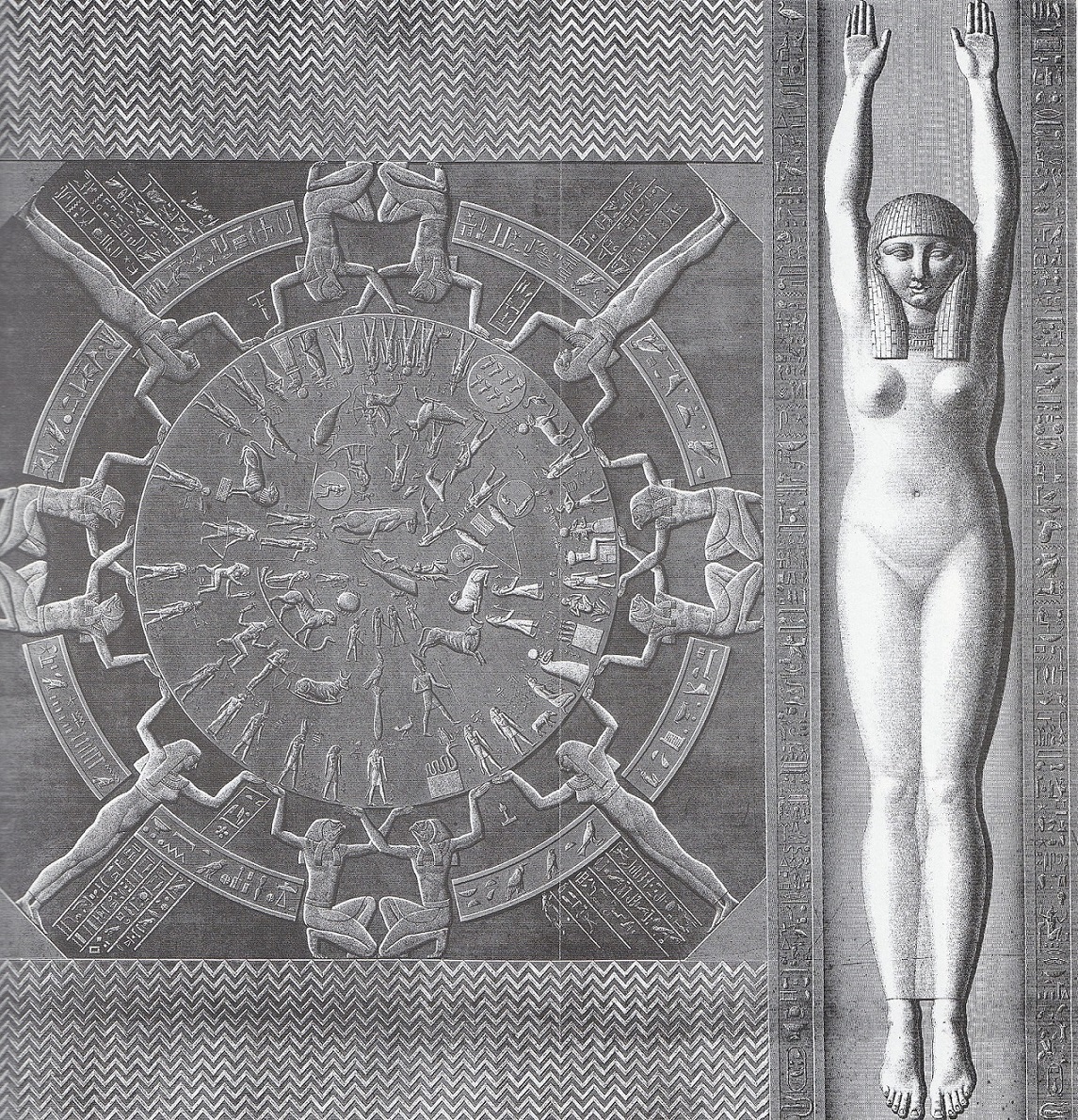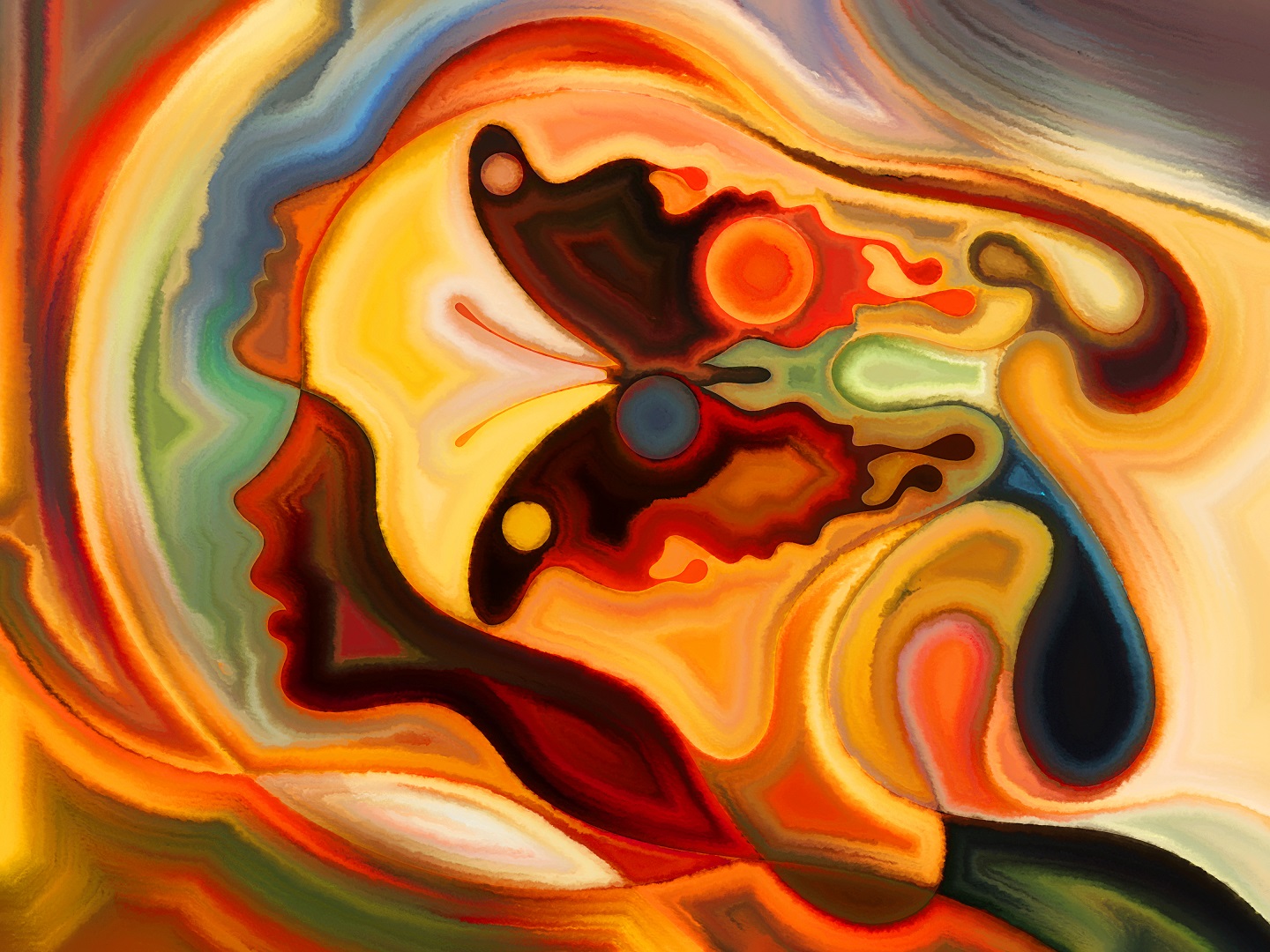
For Olga Louchekova-Schwartz
“We are gods but we are not aware of it. We suffer from a self-inflicted amnesia. The aim is to reawaken that which we have always been and we shall always be.” – Dr. Stylianos Atteshlis
Recently I found myself cogitating the idea that the behavior of the universe is much more harmoniously aligned to a nonphysical than a mechanistic nature. Non-reductive alternatives to the predominant premise bequeathed by materialist naturalism are becoming increasingly popular, and with good reason. How, for instance, might we account for intentionality within a neo-Darwinian world of physical accidents and facts? How could the intelligibility of the world be explained away as a random accident? Can evolutionary biology give an adequate developmental account of the generative powers of the imagination, or is this something that sticks out like a sore thumb within the reductionist programs of the mind championed by cognitive neuroscience?
The imaginal sphere is a prodigious mystery to science, perhaps the most problematic of our subjective mental furniture because it implies that consciousness shapes matter. It may be conceptualized in innumerable ways, depending on one’s preferred epistemic framework: as the penumbra of thought becoming matter; of nonphysical manifesting as physical; and of the formless prima materia differentiating into the four concrete Aristotelian elements of fire, water, air, and earth. Common sense tells us that the subjective images generated and presented to conscious awareness by our cognitive machinery can and do acquire an existence separate from the cogitation that gave birth to them as is the case with heterogeneous forms of art (i.e. drawing, writing, weaving, making pottery, and so forth).
But modern impressions of the imagination as a cognitive faculty with “magical powers” are neither novel, exclusive, or insightful, for they were articulated most eloquently by the Arabic thinker Al-Kindi (801-873CE) some twelve centuries ago: “When man, using his imagination, conceives of some corporeal thing, this thing acquires an actual existence according to the species in the imaginative spirit (Hanegraaff, Faivre, Broek, & Brach, 2005, pp. 613).” Whilst not nearly as inventive as Al-Kindi, Paracelsus of Hohenheim (1493-1541) put a visionary spin on these exegetical notions during the Renaissance when he recast the imaginal as a rudimentary, ubiquitous creative power inextricably connected to desire and will (Hanegraaff et al., 2005). He also made an important discrepancy between fantasy and imagination, claiming the former is merely a random succession of mental images wafting about in conscious awareness whilst the latter is a chronological series of images constructed intentionally for the materialization of eternal feasibilities. The first is devoid of inherent power, the second infused with it. Couched within these macrocosmic extrapolations was the earth-shaking idea that the physical world had been made manifest through a creative imagination acting in the service of God’s primal will. With such profound attributes, how could one not equate imagination with a dozen or so soft hands shaping the most delicate potter’s clay? I definitely do.
Demarcating the conceptual frontiers of the human imagination has remained immutable over the last two millennia, for the most part. In De Anima, the famous Stagirite Aristotle (384-382BCE) defines phantasia (the imagination) as a visually oriented perceptual faculty able to mediate between rational intelligence and the monosemantic, chronological processes of left-brain thinking on one side and sensory impressions on the other (Hanegraaff et al., 2005). He also asserts, most emphatically, that the persistence of a causal stimulus is not required for its continued existence. Needless to say its sheer proximity to reason, supposedly a divine attribute, inspired the classical belief that it was the mental function separating and elevating humankind above the other inhabitants of the animal kingdom, and hence that the former was God’s favored creature. During late antiquity the Neoplatonic philosopher Plotinus (c.204/5-270CE) used the Aristotelian framework as scaffolding for his own understanding of the term (Hanegraaff et al., 2005). First, he defined the imaginal plane in the context of three soul functions and second, he ontologically subdivided it into lower and higher levels–the lower comprised sensory perception whilst the higher, the phantastikon, linked impressions emanating from an external environment with secondary process thinking like intellect and reason, dianoia and nous in classical Greek.
When the formative pharos of Hellenistic nature philosophy and science passed into the Arabic world beliefs tied to the imagination became increasingly more figurative in nature, with none more quixotic than Al-Kindi’s. The latter was convinced that the imagination emulated celestial bodies like the solar orb and the stars in its ability to emanate ethereal rays and imprint concrete forms onto matter (Hanegraaff et al., 2005). The cross-cultural melting pot afforded by the Arabic world then became a conceptual breeding ground for progressive thinkers like Avicenna (980-1037CE) who imbued the imaginal plane with healing properties (Hanegraaff et al., 2005). Strangely, this ingenious truth wasn’t bestowed the attention and emphasis it deserved during its time and slowly faded into obscurity until the late eighteenth century when Benjamin Franklin (1706-1790) inadvertently resurrected it through his official inquiry into the empirical validity of magnetic treatments pioneered by Austrian physician Franz Anton Mesmer (1734-1815). By rejecting Mesmer’s causal hypothesis presupposing the existence of Mesmeric fluid in the cosmos, the Royal Inquiry was left with no other choice but to attribute the healing phenomena wrought by the passing of magnets over the body to the human imagination (Green, Laurence, & Lynn, 2014). This implication not only reinforced but illuminated the same sobering conclusion which the Parisian medical doctors, as recent inheritors of a reductive post-Enlightenment agenda, tried so hard to circumvent–that mental impressions could spur physiological alterations and remedy organic “nervous diseases”, as the famed Mesmer had labelled them.
Over the last few decades, the empirical tools of orthodox science have gradually revealed just how illusory and counterintuitive the post-Cartesian diametrical opposition to mentalistic phenomena actually was. To understand how this has occurred, we must evoke a comprehensive psychophysiological explanation of how guided imagery works in the treatment of stress-related psychological and medical conditions. Here is where rational ancient ideas with esoteric underpinnings meet the epistemic frameworks of modern-day clinical neuroscience.
Within the sphere of human cognition, image-based communication precedes the development of secondary process thinking (i.e. semantic language, intentionality, analytical reasoning) and is intimately connected with the primary processes (memory, emotion, behavioral responses) of the limbic networks and the involuntary physiological functions of the brainstem (Bresler, 1979). Held in the mind’s eye long enough, a visual image will generate an emotional appraisal along with an autonomic response. Think of a saccharine ice-cream or favorite chocolate long enough and you’ll be overpowered by a confluence of delightful sentiments and salivation–this is activation of the sympathetic branch of the Central Nervous System (CNS) through higher order image-based language, if you like.
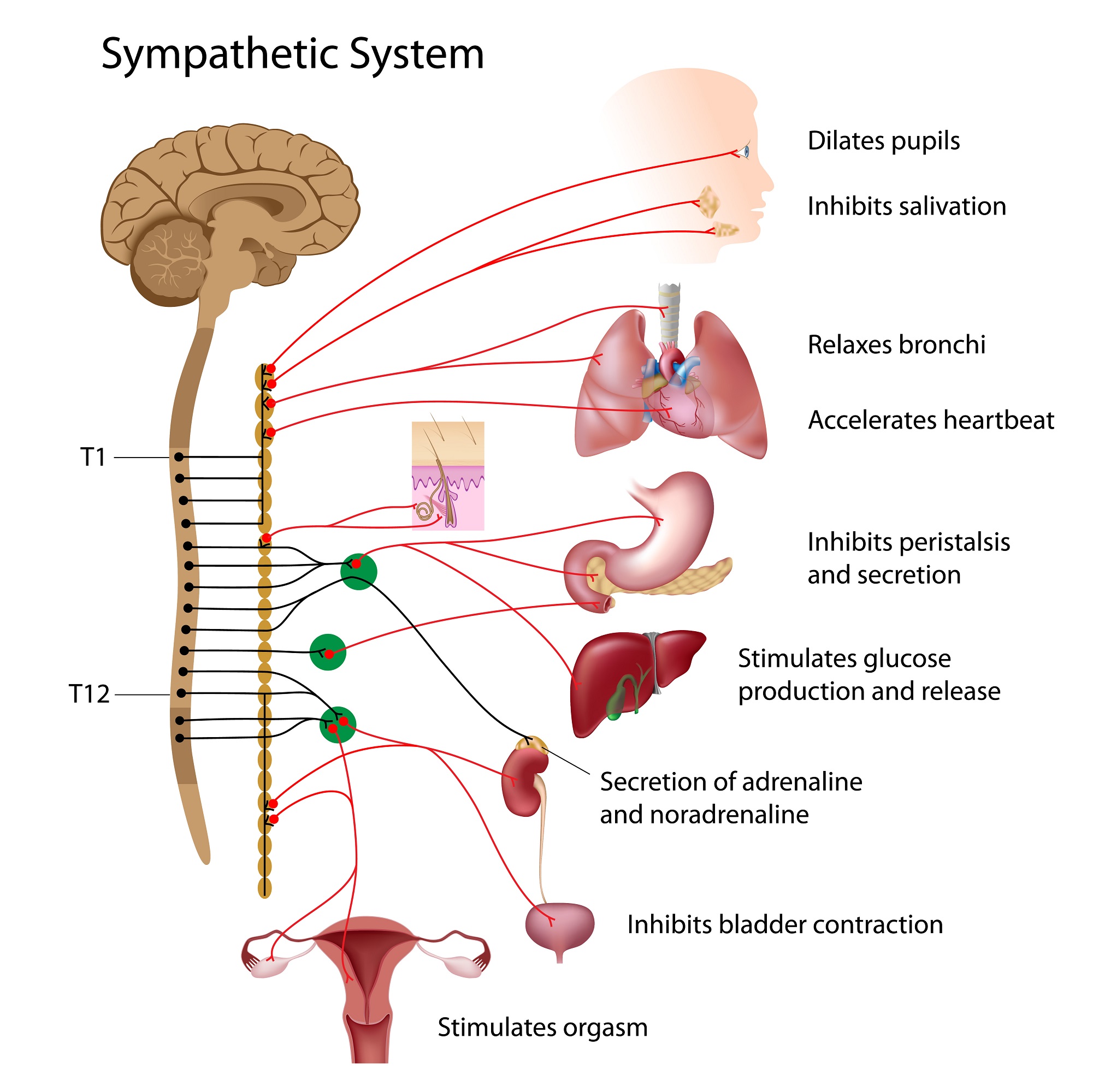
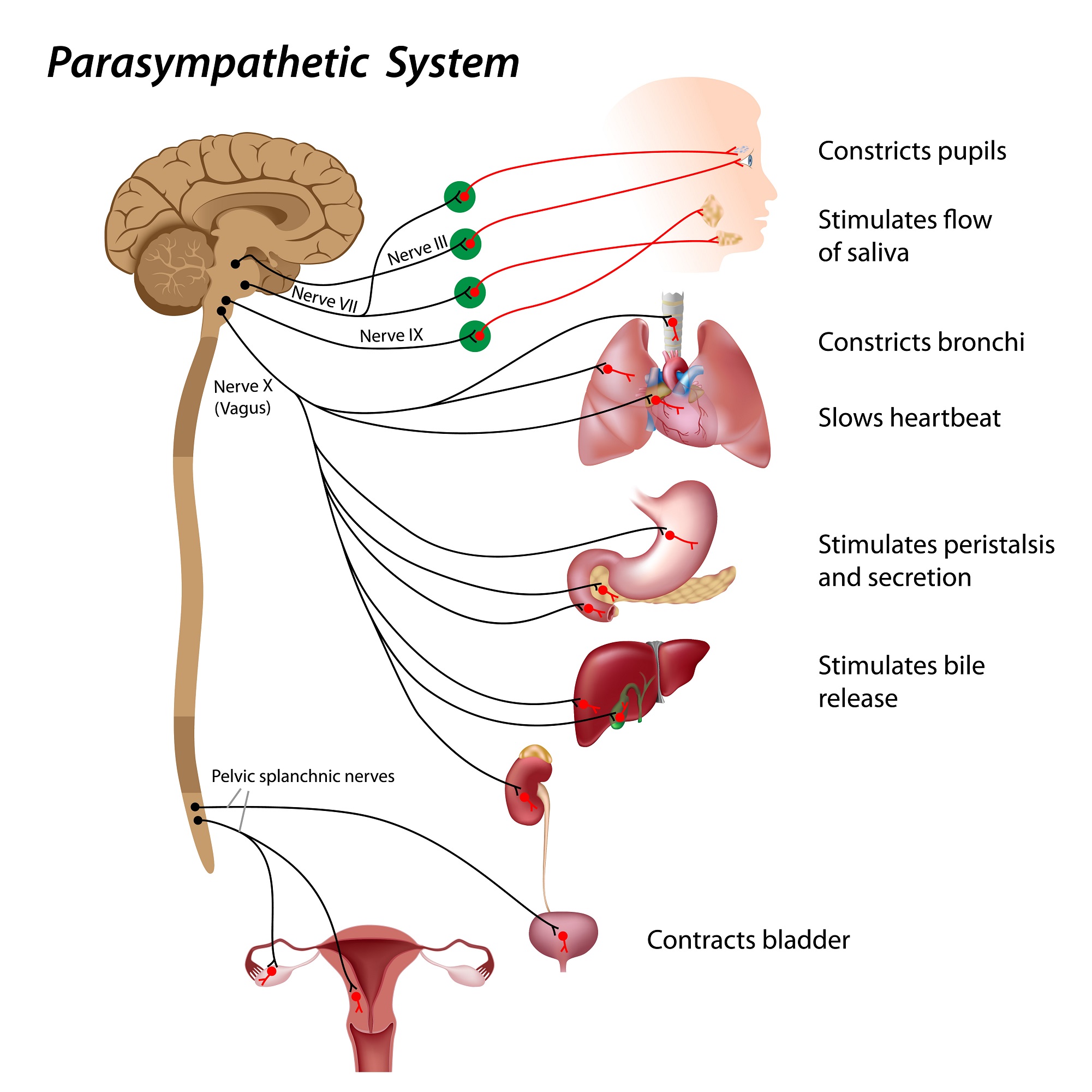
The nature of the body’s autonomic response depends on the emotional appraisal of the mental image in question. Negative appraisals stimulate the ergotropic, excitatory neurotransmitters serotonin and norepinephrine to activate the sympathetic branch of the CNS (Hobson, 1994), thus setting into motion the known fight-fight-or-freeze response; oxygen and glucose are transported to target areas where they are needed most (the heart and muscles) in order to expedite the relevant motor responses necessary for the organism’s immediate extrication from perceived external threats. Anything liable to interfere with the built-in survival instinct (i.e. digestion in the stomach and intestines, salivation, and arousal for reproductive purposes) is suppressed. On the other hand, positive emotional appraisals stimulate the trophotrophic neurotransmitter acetylcholine to decelerate heart rate, slow breathing by constricting the bronchi, and stimulate internal functions to do with cellular recuperation and general maintenance through the parasympathetic branch of the CNS (Hobson, 1994). The partition and nature of brain-body labors shared by these two chemical systems connotes a direct involvement with psychosomatic functionality and balance, and therefore with health.
The intimate link between autonomic activation, immunity, and health extends back to the first half of the twentieth century (McMillan, 1999), when Russian scientists working to consolidate Pavlov’s paradigm found that guinea pigs and rabbits subjected repeatedly to a dual prescription of a trumpet blast and a bacteria injection became conditioned to the associational network so that eventually sound alone could elicit an immune response. This form of top-down causation between the unconscious and the immune system, or the limbic brain and physiology, was explored further by the co-founder of psychoneuroimmunology, the psychologist Robert Ader (1932-2011), and his associate Nicolas Cohen; in their experiments (Ader & Cohen, 1975) methodical injections of a cocktail comprised of saccharin and an immunosuppressant in lab rats inevitably forged an association between the mental prescription of sweet or anything sweet-tasting and immune suppression. Roughly two decades later Howard Hall (1989) took the final plunge into behaviourism’s no-man’s land, daring to utilize scientific advances in microbiology to authenticate past clinical anecdotes implicating the unconscious mind as the eternal wellspring of anomalous healing. Deploying strict experimental controls, he was able to demonstrate beyond all reasonable doubt how deliberate interventions involving positive mental imagery increased white cell stickiness, thus enhancing immune function. Historically, it was the first empirical demonstration of conscious mind manipulating matter. In the last twenty years the psychoneuroimmunological dialectic has unearthed linkages between the nervous and immune systems on the cellular level by identifying neurons in bone marrow, areas of white blood cell production and storage (Zeller, McCain, & Swanson, 1996).
Having thus determined an empirical interconnection between image-based cognition, the autonomic nervous system, and the immune system, it seems logical then to deduce that immunological responses can be hindered or amplified through mental images. Images buttressed by negatively charged impressions like helplessness, depression, and a sense of resignation breed negative emotion, inhibiting immune and inflammatory responses, while positive ones mobilize the latter and heal. This is why sustained moods of one kind or another can become self-fulfilling prophecies with the power to either plunge one into the decadence of low energy, disease, and clinical demise or extricate them from that dis-ease, depending on the nature and emotional appraisal of the content. Unconscious attitudes and symbolic realities about the severity of one’s condition and oneself are instrumental in predetermining the efficacy of the therapeutic outcome, that is, whether the patient surmounts or capitulates to the ailment. In one experimental study exploring emotional appraisals attached to mental imagery, Simonton, Mathews-Simonton, & Creighton (1978) found a statistically significant correspondence between intrinsic beliefs and treatment outcomes. Visual symbolizations whereby somatic defenses and self were perceived as being superior to microscopic invaders frequently catalyzed recuperation whereas cases in which the former were perceived as subservient to the latter frequently culminated with clinical death.
Of the primitive circle of defense mechanisms chronic stress is by far the deadliest. When the emotions associated with the images are appraised negatively by self, the threshold response of the hypothalamic-pituitary-adrenal (HPA) axis to stress plummets and corticotrophin releasing hormone (CRH) is pumped into the body (Cozolino, 2010). CRH modulates the endocrine system via the release of cortisol. While in short bursts cortisol saturation is a wonderful built-in evolutionary innovation because it catabolizes proteins for immediate use in the fight-flight-or-freeze response, more sustained levels inhibit immunological functions like T-cell production and initiate metabolic alterations to existing sodium levels, leading to a forced annihilation of cell membranes and inevitably cell death (pp. 249-251). Over time the atrophy in neuroplasticity materializes anatomically as hippocampal reduction (pp. 252), inducing further psychological and behavioral alterations (i.e. depression) that might be explained as a consequence rather than an etiology of neuronal cell death. Previous studies have also supported a positive correlation between elevated CRH and anxiety and psychosomatic fatigue (Jallo, Ruiz, Elswick Jr, & French, 2014).
Evident here is that causal relationships can indeed be inverted, with cognitive mechanisms indigenous to our nature being programmed to further effect nurture. Incidentally the detrimental psychophysiological response to perceived stressors and associated symptoms can be subverted with interventions incorporating positive and optimistic mental imagery, vindicating both the primordial propositions about the curative properties of the imagination made by Avicenna and the subsequent commentaries about the imagination-fantasy dichotomy delivered by Paracelsus.
Moreover, the esoteric idea that imagination possesses far-reaching powers and imprints forms onto matter appears to be empirically sound. After developing a powerful radioactive technique to measure and map local variations in regional cerebral blood flow (rCBF) within the brain when individuals were engaged in discreet mental activities, the neurophysiologist David Ingvar and his fellow researchers realized that getting subjects to move their fingers voluntarily, a motor act, or getting them to visualize the movement, a cognitive act, produced a unanimous result–activation of the same supplementary motor area (Libet, 2009). Even though technical limitations and existing premises regarding the correlational relationship between local neural activity and energy metabolism disallows the proposal of a definitive causal hypothesis, we can conclude that some correlation exists between mental image and neural event.
The continuum of human experience has also demonstrated that mental images cultivated by the mind of one individual can affect the body of another, as is the case with maternal impressions. Defying all rational explanation, maternal impressions may be defined as events where the physical form of an unborn child is influenced by powerful mental impressions conjured by its mother. The psychiatrist Dr. Ian Stevenson (1918-2007) conducted a comprehensive analysis of fifty such cases selected from a total of three hundred which came from heterogeneous sources like medical journals and books published in seven different countries (Stevenson, 1997; Henry, 2005). In one, a woman gave birth to a defective child without lower extremities after baring witness to a man with partially amputated feet. In another a pregnant woman was deeply affected after catching sight of her brother’s mutilated groin area and consequently gave birth to male child without a penis.
An unprecedented find of Stevenson’s analysis was that the vast majority of causal impressions occurred during the first trimester, a time when the developing embryo is particularly susceptible to the influence of drugs and disease. Further it appears emotional nuances were of some predictive value; the stronger the emotion felt upon exposure to the visual stimulus, the greater the likelihood of transmitting the corresponding quality to the unborn baby. The skeptical and doubting Thomases amongst us would encounter some difficulty in swallowing the causal impression hypothesis, however if emotionally-charged images can effect metabolic and structural micro-changes in existing neural networks during explicit memory formation then there’s no reason as to why they shouldn’t also be capable physiological manipulation on the macro level. As inner, so outer.
No discussion of the human imagination would be complete without mention of its stellar predictive value. Its capacity to infiltrate the collective prerogative with information pertaining to coming-to-be events, inventions, realities, and phenomena is prodigiously uncanny, sublime, and in many ways “magical.” Einstein spoke in solemn and matter-of-fact terms when he avowed: “Your imagination is the preview of life’s coming attractions (Greenberg, 2012, pp. 579).” We could extrapolate further from such an intuitive and resourceful reference point and say that the collective imagination is a preview of the world’s coming attractions. In my opinion, the attractions materializing in the world of matter take embryonic form in unconscious minds as reconfigurations of existing elementary mental images. The individuals to whom these unconscious minds are attached have an innate aptitude for identifying, replicating, and then applying working associations of the natural order to the artificial world.

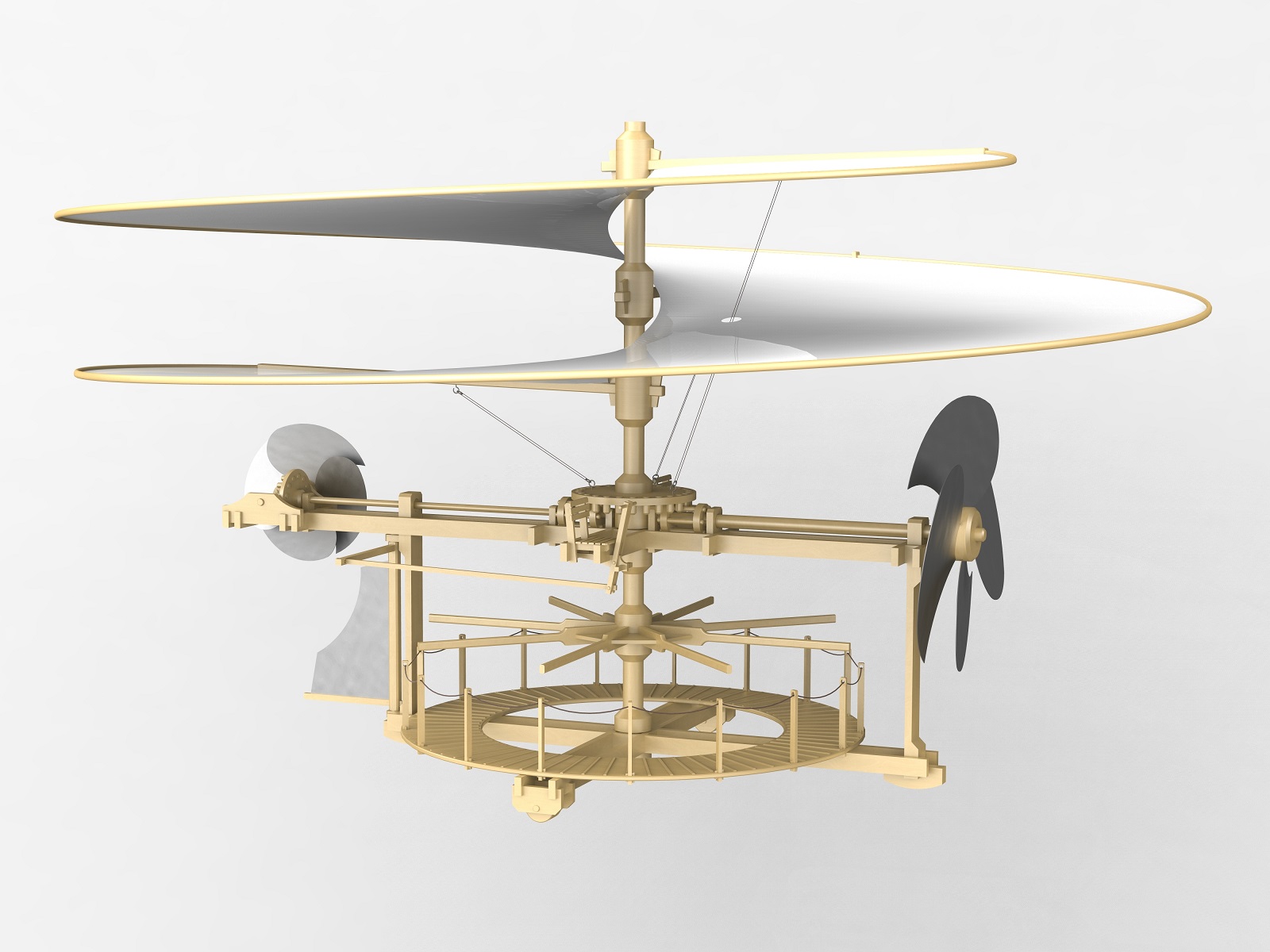
The annals of recorded history are faithfully aligned with this perspective. To give an example or two, the elusive transmutational goals of the Hermetic Art–the conversion and multiplication of base metals into silver and gold–first proposed by the Alexandrian alchemists of late antiquity has been rendered feasible in contemporary society by nuclear fission. Known primarily for his iconic paintings (i.e. the Mona Lisa and the Virgin on the Rocks), the Italian polymath Leonardo da Vinci (1452-1519) was immortalizing prototypes of ornithopters (flying machines), automobiles, and suspension bridges centuries before they became exemplars par excellence of technological advancement. Published after his death, Codex Atlanticus, a twelve-volume compendium of drawings and notes, demonstrates a lifelong fixation with aviation, warfare, and motorized vehicles (Suh, 2013). Contained within its pages are detailed plans for: a triangular-shaped parachute to be constructed of linen wrapped around a wooden frame; a self-propelled cart replete with steering and brakes and mobilized by coiled springs; and a helicopter with a helical rotor made of reeds, wire, and linen. Accompanying notes pertaining to the last of these say, “If the instrument made with a screw be well made–that is to say made of linen, of which the pores are stopped up with starch and be turned swiftly, the said screw will make its spiral in the air and it will rise high (McCurdy, 2013, pp. 275).” Even though our accrued scientific intelligibility now indicates that its material constitution would have precluded expression of the purpose for which it was built, Da Vinci’s underlying assumption about becoming airborne through air compression was correct and paved the way for the twentieth century invention of the modern helicopter. Working models of his other two inventions, the parachute and motorized cart, were built and tested in 2000 and 2006, respectively. Both worked.
Now onto the question of duplicating life itself. The Renaissance physician Paracelsus was convinced it was possible to create a homunculus, an artificial human grown inside an alembic (Newman, 2005); now molecular genetics and biomedicine have transposed this personal fantasy into a reality with a disputation of ethics being the only thing separating us from the first generation of cloned human children. Indeed, we live in an epoch where test tube babies with preselected genders and physical traits may swiftly become the next and ultimate consumer product. What is more, recent developments in molecular genetics have begun blurring the boundaries between the worlds of science and science-fiction. The cutting-edge experimental tools used by geneticists to replicate recombinant DNA within host organisms or clone communities of identical cells may be a potential gateway for the revivification of extinct genomes, and hence the ‘de-extinction’ of animals physically but not genetically extinct (Billings, 2015).
Successful reconstruction of these genomes using the existing cloning technologies is entirely contingent on a scientist’s ability to harvest intact cells, or at the very least her ability to harvest DNA from preserved soft tissues of the extinct animal. Given DNA’s rapid rate of degradation, animals wiped off the face of the earth millions of years before the appearance of human beings are not good candidates for resurrection. Lamentably, the superstars of the Jurassic period and Jurassic Park, the dinosaurs, pterosaurs, and plesiosaurs, are forever banished from the light of existence. Fate has definitely been kinder to animals which survived up until the end of the last ice age (roughly 10,000-15,000 years ago)–many of their DNA footprints are still intact. According to Dr. Hendrick Poiner, the lead molecular evolutionary geneticist of the team which sequenced the mitochondrial genome of woolly mammoths, a real-life Pleistocene Park showcasing woolly mammoths, elephant birds, saber-toothed cats, and passenger pigeons could be as proximate as several decades away (Zon, 2014). That’s the near future–somewhat daunting, right?
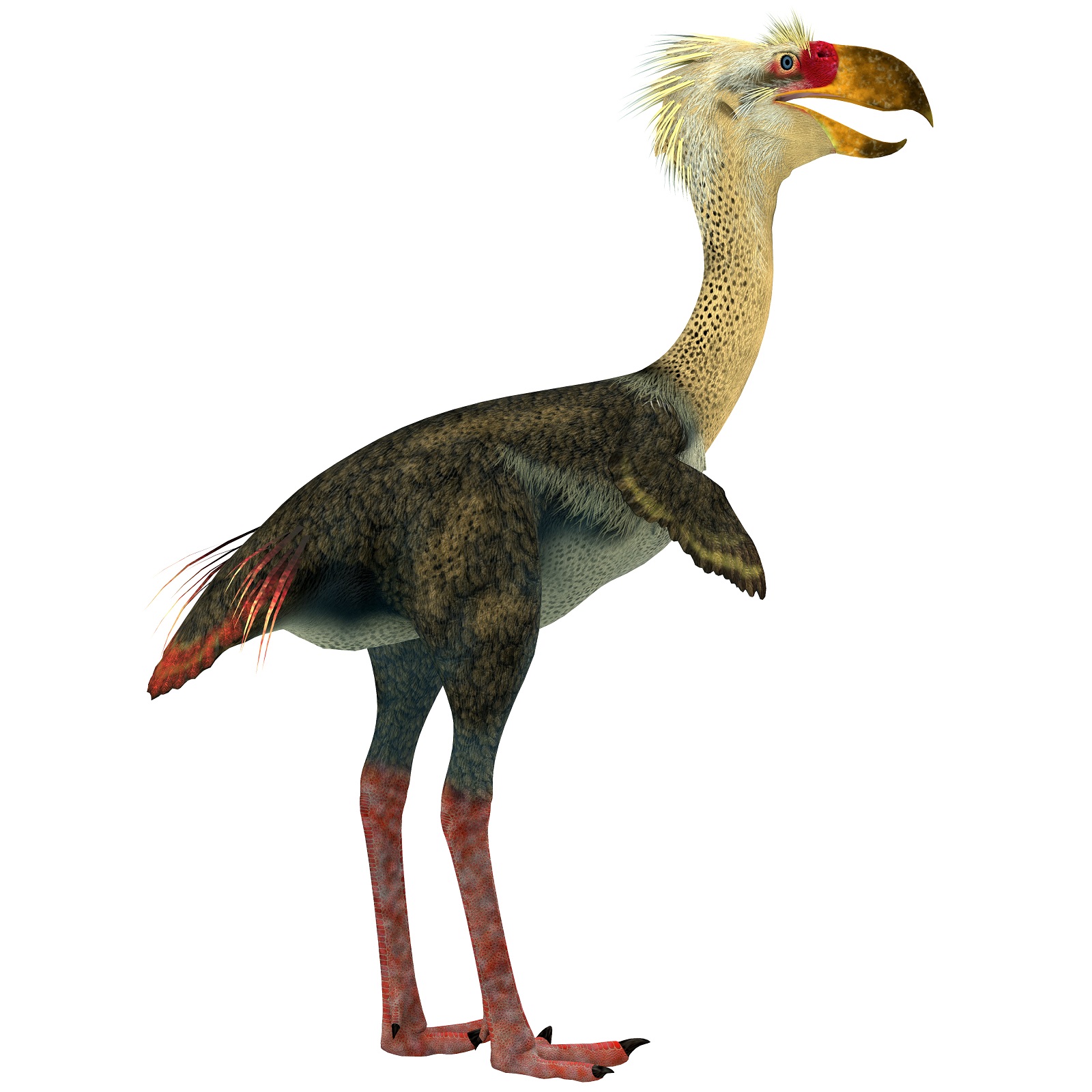
In hindsight, not everything in science fiction can escape the translucent walls of the imagination keeping them from reality. Perhaps, then, there are limitations when it comes to expressing the imaginal plane of eternal feasibilities. Or is there?
References
Ader, R., & Cohen, N. (1975). Behaviorally conditioned immunosuppression. Psychosomatic Medicine, 37(4), 333-340.
Billings, L. (2015). How to Clone a Mammoth. Scientific American, 312(5), 82-82.
Bresler, D. E., & Trubo, R. (1979). Free yourself from pain. New York: Simon & Schuster.
Cozolino, L. (2010). The Neuroscience of psychotherapy: Healing the social brain (Norton Series on Interpersonal Neurobiology). WW Norton & Company.
Green, J. P., Laurence, J. R., & Lynn, S. J. (2014). Hypnosis and psychotherapy: From Mesmer to mindfulness. Psychology of Consciousness: Theory, Research, and Practice, 1(2), 199.
Greenberg, E. E. (2012). Overcoming Our Global Disability in the Workforce: Mediating the Dream. John’s L. Rev., 86, 579.
Hall, H. (1989). Research in the area of voluntary immunomodulation: complexities, consistencies, and future research considerations. International Journal of Neuroscience, 47 (1-2), 81-89.
Hobson, J.A. (1994). The chemistry of conscious states. New York: Little, Brown and Company.
Hanegraaff, W. J., Faivre, A., Broek, R. ., & Brach, J.-P. (2005). Dictionary of gnosis & Western esotericism. Leiden: Brill.
Henry, J. (2005). Parapsychology: research on exceptional experiences. Psychology Press.
Jallo, N., Ruiz, R.J., Elswick Jr, R.H., French, E. (2014). Guided imagery for stress and symptom management in pregnant African-American women. Evidence-based Complementary and Alternative Medicine, 2014, 1-13. Retrieved from http://dx.doi.org/10.1155/2014/840923
Libet, B. (2009). Mind time: The temporal factor in consciousness. Harvard University Press.
McCurdy, E. (2013). The mind of Leonardo da Vinci. Courier Corporation.
McMillan, F. D. (1999). Influence of mental states on somatic health in animals. Journal-American Veterinary Medical Association, 214, 1221-1225.
Newman, W. R. (2005). Promethean ambitions: alchemy and the quest to perfect nature. University of Chicago Press.
Simonton, O. C., Mathews-Simonton, S., & Creighton, J. (1978). Getting well again: A step-by-step guide to overcoming cancer for patients and their families.
Stevenson, I. (1997). Where reincarnation and biology intersect. Greenwood Publishing Group.
Suh, H. A. (Ed.). (2013). Leonardo’s Notebooks: Writing and Art of the Great Master. Black Dog & Leventhal.
Zeller, J., McCain, N., & Swanson, B. (1996). Psychoneuroimmunology: An emerging framework for nursing research. Journal of Advance Nursing, 23, 657-664.
Zon, J. (2014). De-extinction: hope or hype?. Retrieved from http://zon.trilinkbiotech.com/2014/01/20/de-extinction-hope-hype/







